Ditapis dengan
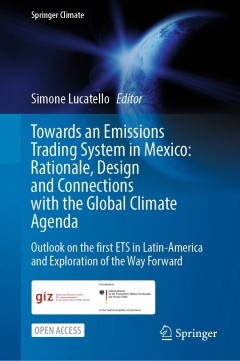
Towards an Emissions Trading System in Mexico: Rationale, Design and Connecti…
This Open Access book provides detailed information about the incoming Mexican Emissions Trading System, including an analysis on why the system was implemented, how the system was designed, how it operates, how it could work, and how it could be strengthened by 2023 when it will be formally launched. This document is aimed at those who want to understand how an ETS can operate in an emerging e…
- Edisi
- -
- ISBN/ISSN
- 978-3-030-82759-5
- Deskripsi Fisik
- XXXVI, 303p
- Judul Seri
- -
- No. Panggil
- -
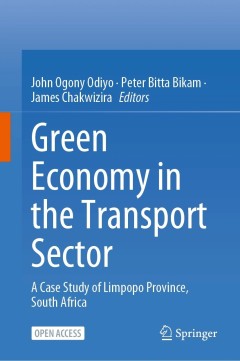
Green Economy in the Transport Sector
This open access book is interdisciplinary and provides cross-sectoral and multi-dimensional exploration of sustainable development and transportation in South Africa. Drawing on work from different disciplines, the book contributes not only to academia but also seeks to inform urban and regional policy with the view of contributing to the national aspirations of South Africa as espoused in the…
- Edisi
- -
- ISBN/ISSN
- 978-3-030-86178-0
- Deskripsi Fisik
- XXIV, 123 p
- Judul Seri
- -
- No. Panggil
- -

Soil - Structure Interaction
It is crucial that scientists and engineers develop their expertise and capability through research and practice to quantify the interaction of infrastructure with the surroundings and the ground upon which they are founded. Therefore, the engineering concept ‘soil–structure interaction’ forms an integral part of delivering successful project outcomes. As the Lead and Honorary Editor for …
- Edisi
- -
- ISBN/ISSN
- 978-3-0365-6827-0(
- Deskripsi Fisik
- 246 Hlm.
- Judul Seri
- -
- No. Panggil
- -
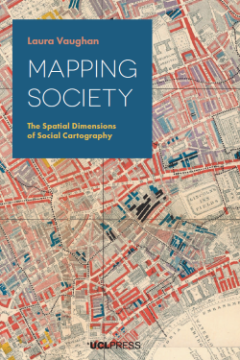
Mapping Society: The Spatial Dimensions of Social Cartography
From a rare map of yellow fever in eighteenth-century New York, to Charles Booth’s famous maps of poverty in nineteenth-century London, an Italian racial zoning map of early twentieth-century Asmara, to a map of wealth disparities in the banlieues of twenty-first-century Paris, Mapping Society traces the evolution of social cartography over the past two centuries. In this richly illustrated b…
- Edisi
- -
- ISBN/ISSN
- 978-1-78735-305-3
- Deskripsi Fisik
- 270 hlm.
- Judul Seri
- -
- No. Panggil
- 526 Vau m
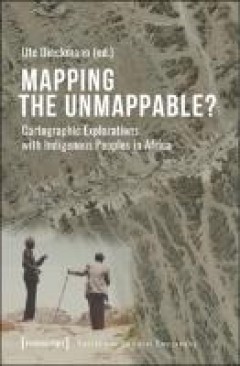
Mapping the Unmappable? Cartographic Explorations with Indigenous Peoples in …
How can we map differing perceptions of the living environment? Mapping the Unmappable? explores the potential of cartography to communicate the relations of Africa's indigenous peoples with other human and non-human actors within their environments. These relations transcend Western dichotomies such as culture-nature, human-animal, natural-supernatural. The volume brings two strands of researc…
- Edisi
- -
- ISBN/ISSN
- 978-3-8394-5241-7
- Deskripsi Fisik
- 347 hlm.
- Judul Seri
- -
- No. Panggil
- 526 Die m
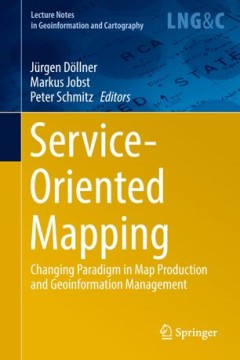
Service-Oriented Mapping : Lecture Notes in Geoinformation and Cartography
This book gathers various perspectives on modern map production. Its primary focus is on the new paradigm of “sharing and reuse,” which is based on decentralized, service-oriented access to spatial data sources. Service-Oriented Mapping is one of the main paradigms used to embed big data and distributed sources in modern map production, without the need to own the sources. To be stable a…
- Edisi
- -
- ISBN/ISSN
- 978-3-319-72433-1
- Deskripsi Fisik
- 417 Hlm.
- Judul Seri
- -
- No. Panggil
- 526 Dol s

Volunteered Geographic Information : Interpretation, Visualization and Social…
This open access book includes methods for retrieval, semantic representation, and analysis of Volunteered Geographic Information (VGI), geovisualization and user interactions related to VGI, and discusses selected topics in active participation, social context, and privacy awareness. It presents the results of the DFG-funded priority program "VGI: Interpretation, Visualization, and Social Comp…
- Edisi
- -
- ISBN/ISSN
- 978-3-031-35374-1
- Deskripsi Fisik
- 297 Hlm.
- Judul Seri
- -
- No. Panggil
- 526 Bur v
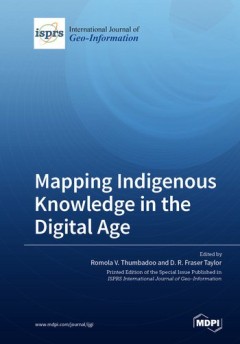
Mapping Indigenous Knowledge in the Digital Age
This Special Issue, “Mapping Indigenous Knowledge in the Digital Age”, explores Indigenous engagement with geo-information in contemporary cartography. Indigenous mapping, incorporating performance, process, product, and positionality as well as tangible and intangible heritage, is speedily entering the domain of cartography, and digital technology is facilitating the engagement of communit…
- Edisi
- -
- ISBN/ISSN
- 978-3-0365-5137-1
- Deskripsi Fisik
- 202 Hlm.
- Judul Seri
- -
- No. Panggil
- 526 Thu m
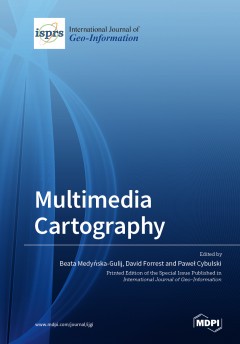
Multimedia Cartography
We present three main research fields in which multimedia cartography and the study of the effectiveness of multimedia maps are currently taking place. In each of these fields, we describe how published research is embedded in the broader context of map design and user studies. The research refers to contemporary technological trends such as web HTML5 standards, virtual reality, eye tracking, o…
- Edisi
- -
- ISBN/ISSN
- 978-3-0365-3679-8
- Deskripsi Fisik
- 282 Hlm.
- Judul Seri
- -
- No. Panggil
- 526 Med m
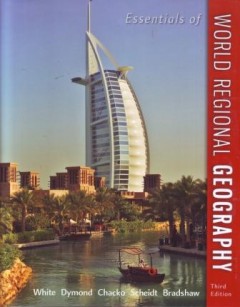
Essentials of World Regional Geography
- Edisi
- -
- ISBN/ISSN
- 978-0-07-336935-8
- Deskripsi Fisik
- xx, 388 p.: ill.; 27,5 cm.
- Judul Seri
- -
- No. Panggil
- 910 Whi e
- Edisi
- -
- ISBN/ISSN
- 978-0-07-336935-8
- Deskripsi Fisik
- xx, 388 p.: ill.; 27,5 cm.
- Judul Seri
- -
- No. Panggil
- 910 Whi e
 Karya Umum
Karya Umum  Filsafat
Filsafat  Agama
Agama  Ilmu-ilmu Sosial
Ilmu-ilmu Sosial  Bahasa
Bahasa  Ilmu-ilmu Murni
Ilmu-ilmu Murni  Ilmu-ilmu Terapan
Ilmu-ilmu Terapan  Kesenian, Hiburan, dan Olahraga
Kesenian, Hiburan, dan Olahraga  Kesusastraan
Kesusastraan  Geografi dan Sejarah
Geografi dan Sejarah